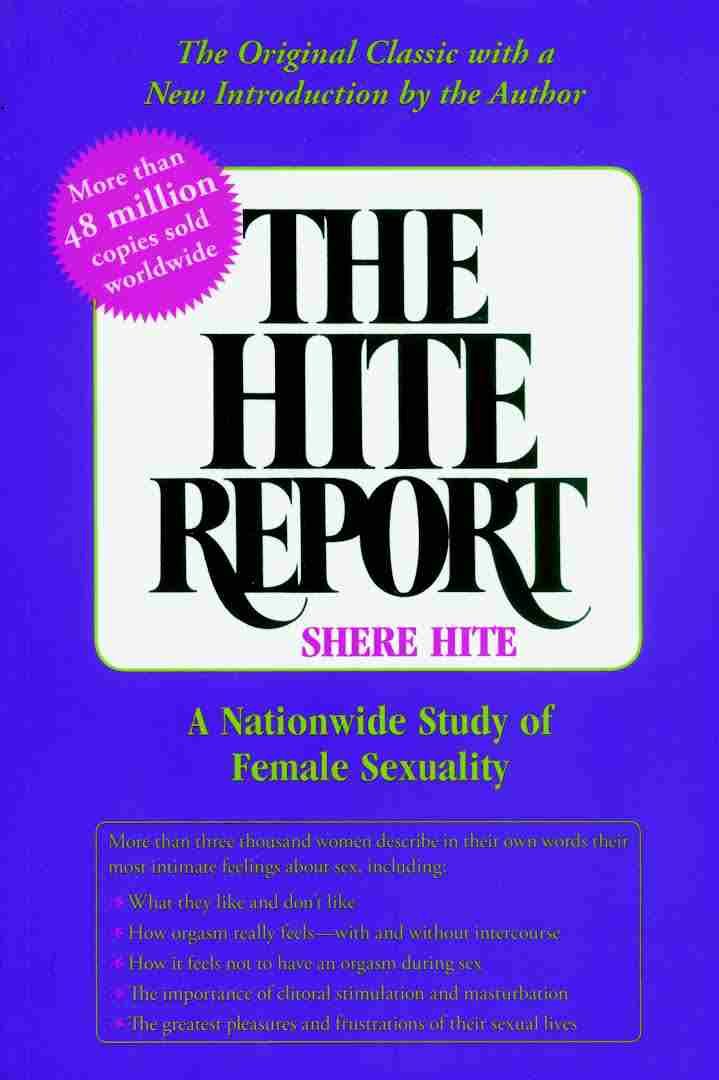3 Epistemic errors
Many things can go wrong when analysing data. Various issues can lead to misleading interpretations, whether due to data not measuring what it is intended to, human misinterpretation, or an overreliance on probabilistic reasoning. The following examples illustrate these pitfalls and are drawn from the insightful book by Jones (2020), which I highly recommend for further reading.
Epistemic errors, that are mistakes related to knowledge, understanding, or the acquisition of information, arise from cognitive biases, misunderstandings, and incorrect assumptions about the nature of data and the reality it represents. Recognizing and addressing these errors is crucial for accurate data analysis and effective decision-making.
When researchers analyse data they should be aware of the fact that data can represent reality but do not necessarily do so. For example, a survey on customer satisfaction that only includes responses from a self-selected group of highly engaged customers may not accurately reflect the overall customer base, see the box Hite Report. To avoid this pitfall, it is essential to ensure that your data collection methods are representative and unbiased, and to validate your data against external benchmarks or additional data sources.
Another common epistemic error involves the influence of human biases during data collection and interpretation. Known as the all too human data error, this occurs when personal biases or inaccuracies affect the data. An example would be a researcher’s personal bias influencing the design of a study or the interpretation of its results. To mitigate this, implement rigorous protocols for data collection and analysis, and consider using double-blind studies and peer reviews to minimize bias.
Inconsistent ratings can also lead to epistemic errors. This happens when there is variability in data collection methods, resulting in inconsistent or unreliable data. For example, different evaluators might rate the same product using different criteria or standards. To avoid this issue, standardize data collection processes and provide training for all individuals involved in data collection to ensure consistency.
The black swan pitfall refers to the failure to account for rare, high-impact events that fall outside regular expectations. Financial models that did not predict the 2008 financial crisis due to the unexpected nature of the events that led to it are an example of this error. To prevent such pitfalls, consider a wide range of possible outcomes in your models and incorporate stress testing to understand the impact of rare events.
Falsifiability and the God pitfall involve the tendency to accept hypotheses that cannot be tested or disproven. This error might occur when assuming that a correlation between two variables implies causation without the ability to test alternative explanations. To avoid this, ensure that your hypotheses are testable and that you actively seek out potential falsifications. Use control groups and randomized experiments to validate causal relationships.
To avoid epistemic errors, critically assess your assumptions, methodologies, and interpretations. Engage in critical thinking by regularly questioning your assumptions and seeking alternative explanations for your findings. Employ methodological rigor by using standardized and validated methods for data collection and analysis. Engage with peers to review and critique your work, providing a fresh perspective and identifying potential biases. Finally, stay updated with the latest research and best practices in your field to avoid outdated or incorrect methodologies.
Understanding and addressing epistemic errors can significantly improve the reliability and accuracy of your data analyses, leading to better decision-making and more trustworthy insights.


